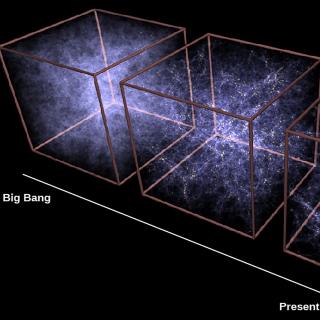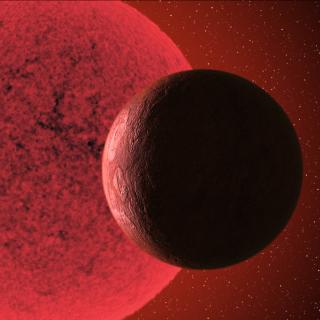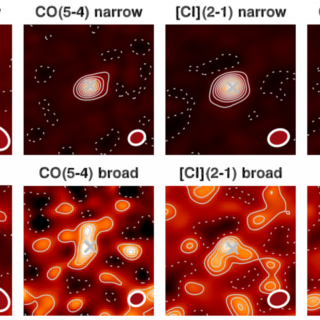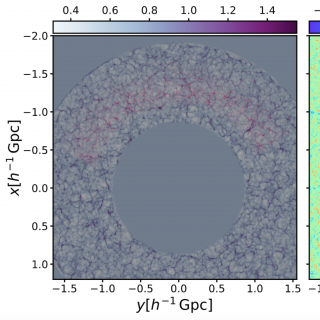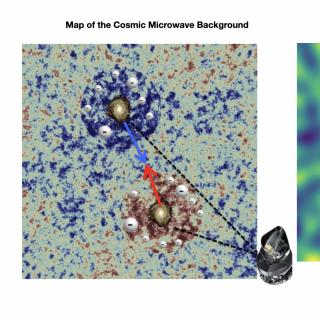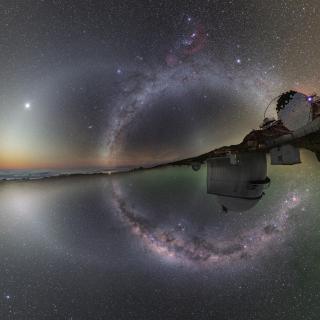
A recent study analyses data collected at 44 of the darkest places in the world, including the Canary Island Observatories, to develop the first complete reference method to measure the natural brightness of the night sky using low-cost photometers. Of the 44 photometers in the survey, the Roque de los Muchachos Observatory (Garafía, La Palma, Canary Islands) stands out at the darkest of all the skies analysed. The night sky is not completely dark; even in the remotest places there is a glow in the sky produced by natural components, both terrestrial and extraterrestrial, and by artificial
Advertised on
